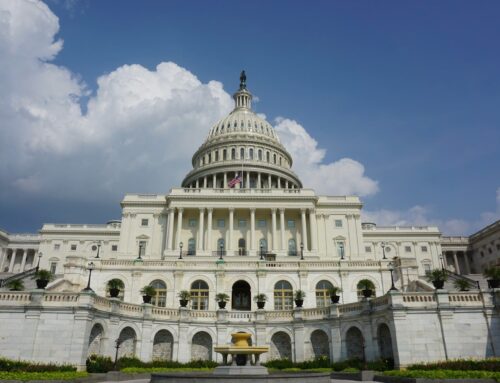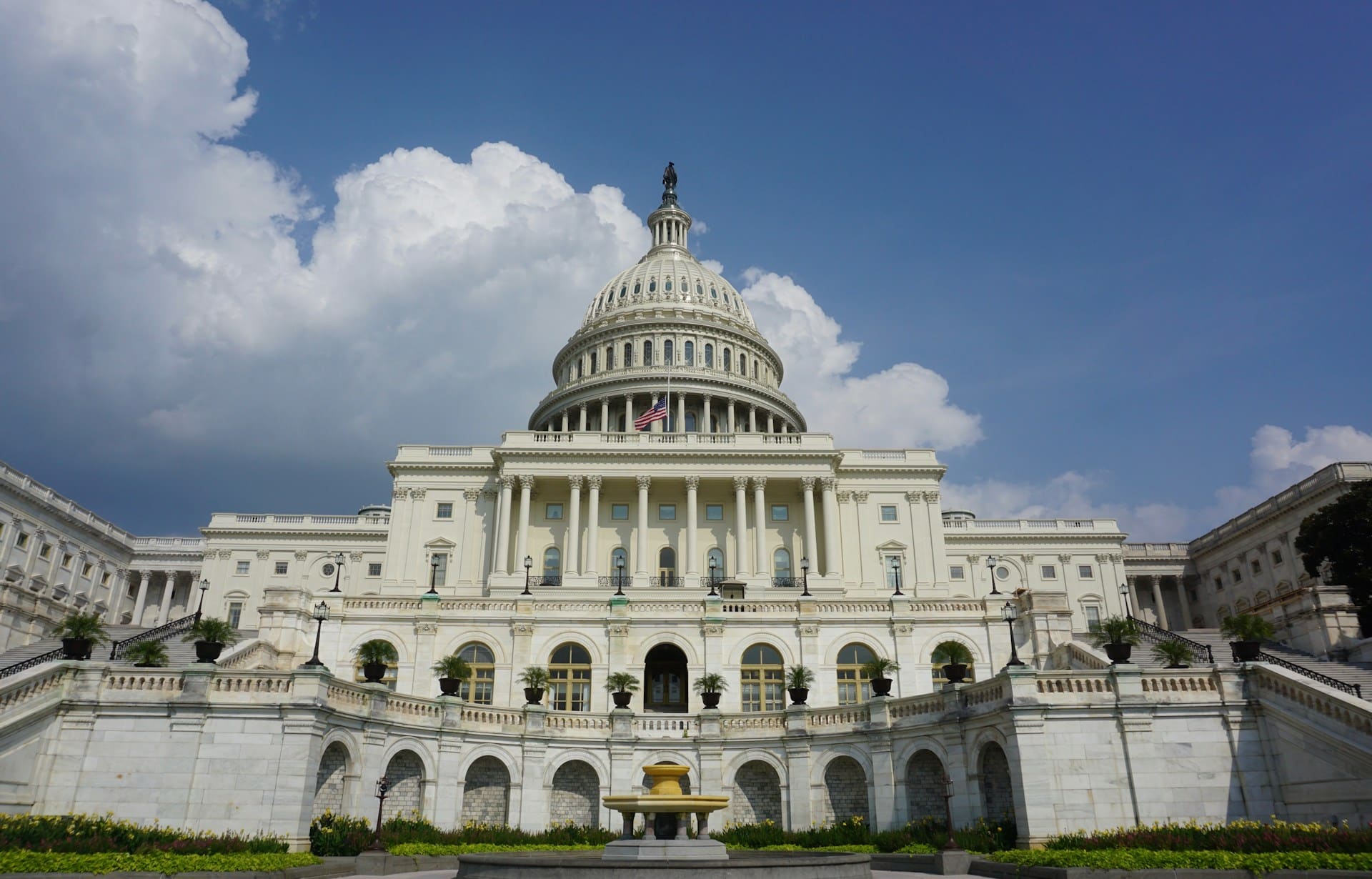With the Senate's 62-36 vote, lawmakers have sent in aggregate more than $60 billion to help those affected by Superstorm Sandy. You can see our analysis of Sandy spending here. Passing the bill may have been more difficult than many people expected it to be, but deciding to spend money to rebuild homes, businesses, and infrastructure affected by the storm was the easy part. The hard part is to ensure that the money is spent wisely and appropriately.
Much of the funds were obligated in large pots of cash. The Army Corps of Engineers will have $5 billion to plan, rebuild, and maintain storm damage reduction projects, states will be given $2 billion to rebuild roads, and $16 billion will be allocated for the Community Development Fund under Housing and Urban Development. While we can assume that legislators intend these funds to be spent to benefit residents affected by Sandy, there is no guarantee that will happen. The highway and community development funds could go practically nationwide, and there’s nearly half a billion dollars in Corps construction funds that could be applied to any project across the country.
With few oversight mechanisms or clear direction how the Sandy funds should be allocated within these large pools of cash, Congress must demand accountability for this $60 billion in emergency spending.
This is the largest single disaster relief spending bill in recent decades, larger than any responding to the 2005 storm, and there could be unintended wasteful consequences. Through this bill the National Flood Insurance Program was allowed to borrow nearly another $10 billion from the Treasury to pay off claims, bringing the total possible indebtedness of that program to roughly $30 billion. (To put that into context, the program took in only $3.5 billion in premiums annually before Sandy.) Out of the $5 billion the Corps of Engineers got in this bill, there is nearly $3 billion for rebuilding beaches and dunes, far outstripping what has been spent on these projects for decades and well more than the Corps of Engineers gets annually for construction of water projects nationwide.
This aid package has rightfully been given scrutiny over the last two months. With a concerned nation watching over agencies’ shoulders and a $16.5 trillion debt and annual deficits of $1 trillion, we cannot afford to waste a dime in implementation. You can be sure we’ll be following the implementation closely.









Get Social